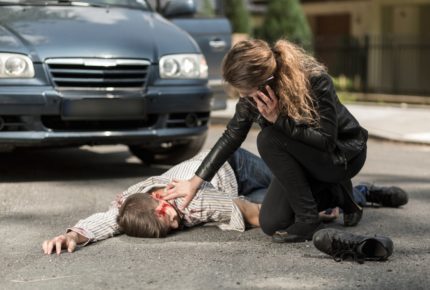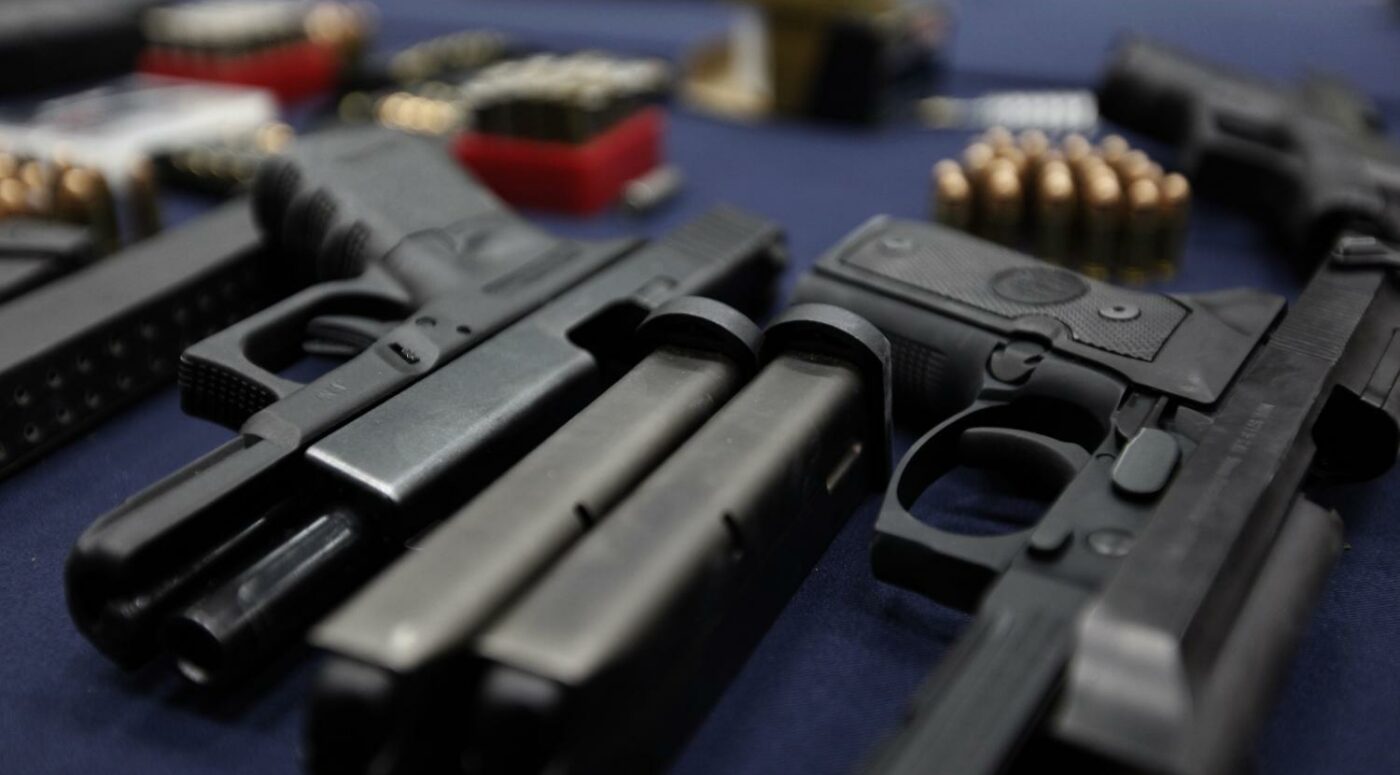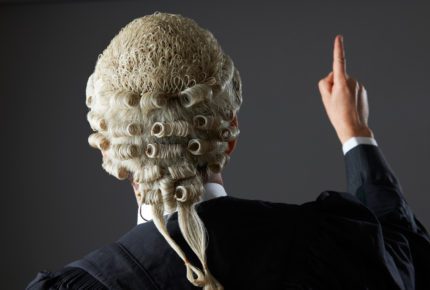

Have you been charged with a firearms offence? If so, you are probably seeking to understand more about the law pertaining to the possession of firearms. This article explores firearms offences in contravention of Section 1 of the Firearms Act 1968.
These offences relate to the acquisition, possession, or use of a firearm without a valid firearms certificate. Possession of firearms is very closely regulated in England and Wales. Consequently, a relatively small number of people in England and Wales are in possession of firearms certificates. As of 31 March 2021, there were 156,033 firearms certificates issued in England and Wales, a 2% decrease on the previous year.
This represents less than 0.2% of the population and is a tiny number contrasted with the USA, where 32% of civilians state that they own a gun. Of the applications made to the police for a firearms certificate in the UK, 98% were granted. In the year 2020-2021, 306 firearms certificates were revoked.
Possession of a firearm without a firearm certificate
Section 1 of the Firearms Act 1968 sets out the legal requirement to have a valid firearms certificate if you are in possession of a firearm.
If you do not have a valid firearm certificate, it is a criminal offence to have, purchase, or acquire a firearm or ammunition for a firearm.
It is also a criminal offence to not comply with the conditions of the certificate, if you have been granted one.
Which firearms are covered by Section 1 of the Firearms Act?
The requirement to have a valid firearms certificate in order to have, purchase, or acquire a firearm or ammunition for such a firearm applies to every firearm except:
- A shotgun:
- With a barrel not less than 24 inches in length which does not have any barrel with a bore exceeding 2 inches in diameter
- Which either has no magazine or has a non-detachable magazine incapable of holding more than two cartridges
- Which is not a revolver gun
Separate regulations apply to other guns, which are provided for at Section 2 of the Act:
- An air rifle, air gun or air pistol, as long as it does not fall within the list of weapons subject to general prohibition set out at Section 5. For example, air rifles are a prohibited weapon where they use or are designed to be used or adapted for use with a self contained gas cartridge system. In order for possession, acquisition and use to be permitted pursuant to Section 1 of the Firearms Act, the firearm must not be of the type declared in the rules made pursuant to Section 53 of the Act to be ‘specially dangerous’. An air rifle will be considered to be ‘specially dangerous’ if it is capable of discharging a missile with kinetic energy of more than 6 ft. lb (pistol) or 12 ft. llb (any other air weapon). You also do not need to have a firearms certificate to own ammunition for these types of air weapons.
Antique firearms
Some antique firearms can be possessed without a firearms certificate, as long as they are being sold and possessed as a curiosity or ornament, pursuant to Section 58(2B). However, these weapons are now subject to new licensing requirements, as of September 2021. The Antique Firearms Regulations 2021 specify definitions of what can be considered an antique firearm. These regulations closely follow existing Home Office guidance.
To be considered antique, a firearm must meet the following two criteria:
- It must have a propulsion system:
- Which involves the use of a loose charge and a separate ball (or other missile) loaded at the muzzle end of the barrel, chamber or cylinder of the firearm and which uses an independent source of ignition. This covers muzzle-loading firearms; or
- In a breech-loading cartridge firearm which uses an ignition system other than rim-fire or centre-fire. For example, pin-fire and needle-fire ignition systems, as well as lip fire, cup-primed, teat fire and base fire systems;
- Which involves the use of rim-fire cartridges (other than .22 (5.58 mm), .23 (5.8 mm), 6mm or 9mm rim-fire cartridges) in a breech-loading firearm; or
- For an air weapon; and
- Be manufactured before 1 September 1939.
How to apply for a firearms certificate
In order to obtain a firearms certificate, you must apply to your local police force. The chief officer of the police force must be satisfied that you:
- Have good reason for having the firearm
- are fit to be entrusted with a firearm, and
- that the public safety or peace will not be endangered
You usually need to obtain the certificate application form from the firearms licensing unit of your local police force. You will need to complete an application form, provide a passport photograph, and have two references available to testify to your good character. You will also need to pay the fee for the certificate that you are applying for.
Once you are issued a certificate, you must follow any condition attached to the certificate in order for it to be valid. If wish to travel in Europe with the firearm, you will need to obtain a European Firearms Pass. You can also apply for this when you apply for your firearms certificate at your local police force.
What is the sentence for possession of a firearm contrary to Section 1 of the Firearms Act?
In December 2020, the Sentencing Council published sentencing guidelines for firearms offences, which set out the sentencing considerations for possession of a firearm, or firearm ammunition without a valid firearms certificate. This is a triable either way offence, which means that it may be heard in the Magistrates’ Court or in the Crown Court. The magistrate will consider whether they have adequate sentencing powers, and whether the case is too complex to be heard in the Magistrates’ Court. If the Magistrate finds that the case can be heard in the Magistrates’ Court, the defendant will then be able to elect whether the case is heard in the Magistrates’ Court or in the Crown Court.
If the case is heard in the Magistrates’ Court, the maximum custodial sentence will be twelve months’ imprisonment. If the case is heard in the Crown Court, the defendant could face up to five years’ imprisonment, or up to seven years’ imprisonment where the firearm has been converted pursuant to Section 4(4) of the Firearms Act. This includes where the weapon has been converted so that it still looks like a firearm but is incapable of discharging any missile through its barrel.
When assessing what sentence to give the court will consider the culpability (blameworthiness) of the defendant and the harm caused by the offence. When considering culpability, converted weapons will pertain to the highest culpability. All other firearms will fall in the middle category of culpability. Meanwhile, very small quantities of ammunition will receive the lowest level of culpability.
In addition, where the firearm or ammunition is used for a criminal purpose, this will attract the highest level of culpability. Where the firearm is kept loaded, and is intended for use, this will attract medium culpability. A lower level of culpability will be allocated where there is no evidence that the defendant intended to use the firearm.
As to the harm caused by the offence, the court will find that there was a high level of harm where serious alarm or distress was caused, where there was a high risk of death or physical or psychological harm, or a high risk of serious disorder. Where fewer of these factors are present, or they are less severe, the harm caused will be considered to have been lower.
The seriousness of firearms offences depends widely on the context in which the firearm is obtained and possessed.
Examples of firearms offences
For example, a case where a gangster obtained a firearm in order to use it to intimidate another gang member would attract high culpability. If he or she did in fact use it for this purpose, in that he or she pointed it at another person’s head and caused serious distress and psychological harm, the level of harm would also be high. The starting point for the sentence in this case would be three years and twelve months custody.
By contrast, let’s say an antiques collector was in possession of a firearm that required a firearms certificate because it was produced in 1945. He did not have the certificate. But he had never intended to use the firearm and did not possess any ammunition for it. In that case, he may receive a discharge or a fine.
Where to get further help
If you have been arrested or charged in relation to possessing a firearm without a valid firearms certificate, call Stuart Miller Solicitors today. Our experienced team of criminal defence solicitors will provide you with robust advice and representation to help you get the best possible outcome in your case, all without judgement. Contact us today for a no obligation consultation.

